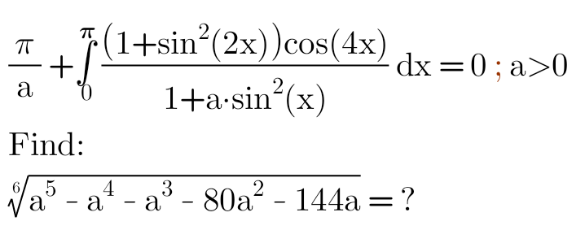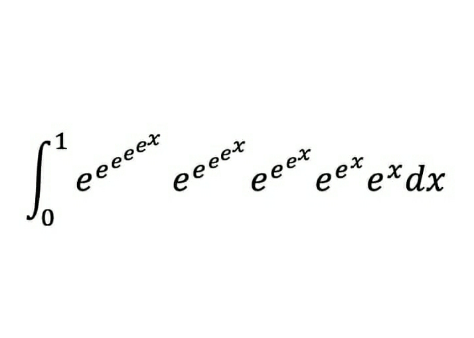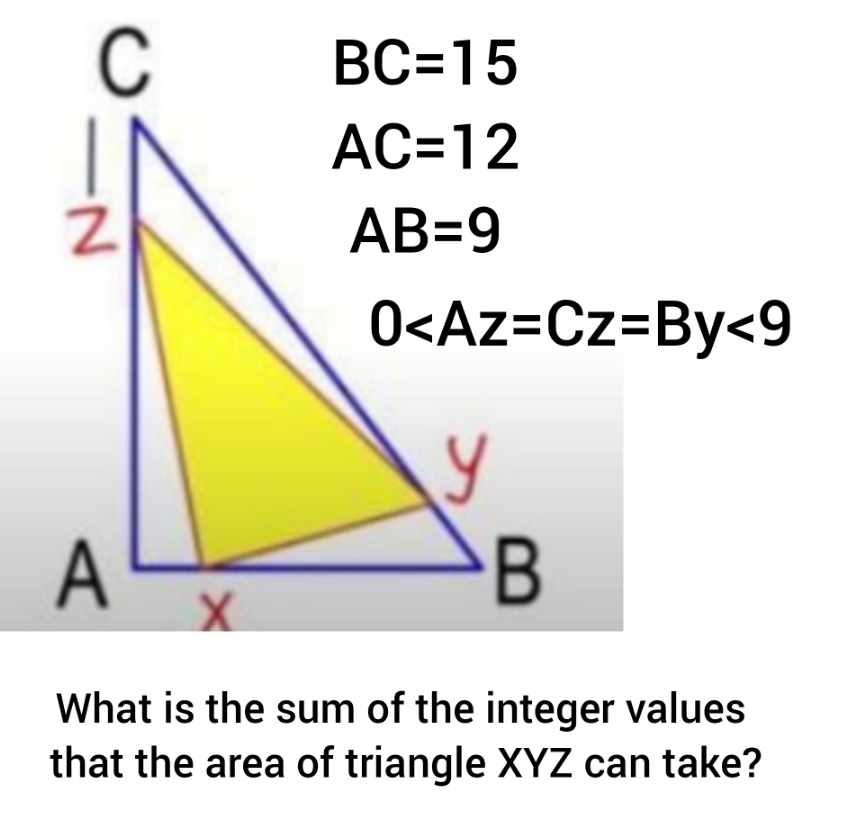
AllQuestion and Answers: Page 607
Question Number 158668 Answers: 1 Comments: 0
Question Number 158664 Answers: 2 Comments: 3

Question Number 158644 Answers: 1 Comments: 2
Question Number 158638 Answers: 0 Comments: 0
Question Number 158636 Answers: 0 Comments: 3

Question Number 158711 Answers: 2 Comments: 2

Question Number 158630 Answers: 0 Comments: 0

Question Number 158685 Answers: 0 Comments: 1

Question Number 158622 Answers: 1 Comments: 1

Question Number 158781 Answers: 2 Comments: 0

Question Number 158780 Answers: 2 Comments: 0

Question Number 158619 Answers: 2 Comments: 1

Question Number 158598 Answers: 2 Comments: 2

Question Number 158694 Answers: 1 Comments: 0
Question Number 158693 Answers: 1 Comments: 0

Question Number 158596 Answers: 1 Comments: 0
Question Number 158593 Answers: 1 Comments: 0

Question Number 158591 Answers: 0 Comments: 2
$$\:{I}=\int\:\frac{{dx}}{\mathrm{1}+{x}^{\mathrm{6}} }\:=? \\ $$
Question Number 158586 Answers: 0 Comments: 5

Question Number 158567 Answers: 0 Comments: 2
Question Number 158561 Answers: 0 Comments: 2

Question Number 159045 Answers: 1 Comments: 0
Question Number 158559 Answers: 1 Comments: 0

Question Number 158615 Answers: 0 Comments: 0

Question Number 158543 Answers: 1 Comments: 4

Question Number 158537 Answers: 0 Comments: 1
Pg 602 Pg 603 Pg 604 Pg 605 Pg 606 Pg 607 Pg 608 Pg 609 Pg 610 Pg 611
